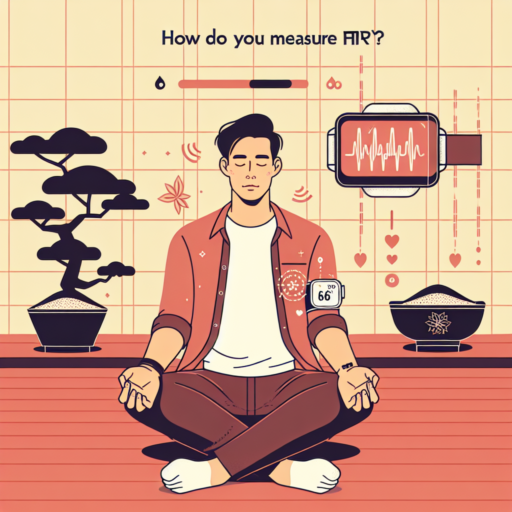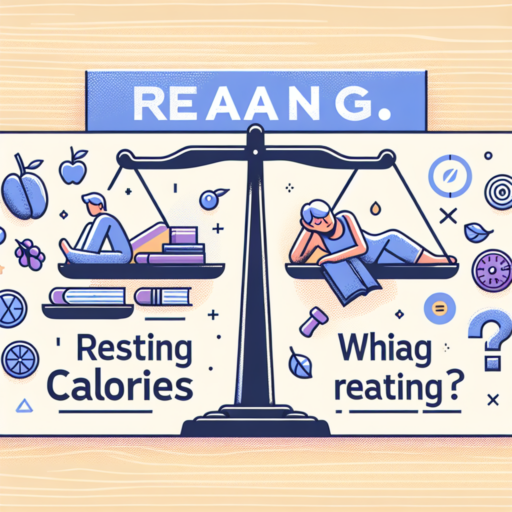Can I measure my own HRV?
Measuring your own Heart Rate Variability (HRV) has become increasingly feasible thanks to advancements in wearable technology and mobile health apps. HRV, a measure of the variation in time between each heartbeat, is often used as an indicator of your autonomic nervous system’s balance and stress levels. With the right tools, it’s possible to track your HRV from the comfort of your home.
Wearable Devices: Many smartwatches and fitness trackers now come with built-in HRV tracking features. These devices use optical sensors to measure your pulse directly from your wrist, making it easy to monitor your HRV on a daily, weekly, or monthly basis. Brands like Apple, Garmin, and Fitbit have models capable of tracking this valuable health metric.
Smartphone Apps: For those without a wearable device, smartphone apps provide an alternative method of measuring HRV. By using the camera and flashlight to capture your pulse rate from a fingertip, these apps can calculate your HRV. However, accuracy might vary, and it’s essential to use these apps in a consistent setting for more reliable results.
How do I calculate my HRV?
Calculating your Heart Rate Variability (HRV) can provide valuable insights into your physical fitness, stress levels, and overall health. Understanding how to measure this important indicator is crucial for anyone looking to improve their wellbeing. HRV measures the variation in time between each heartbeat, which is controlled by the autonomic nervous system. It reflects how your heart responds to stress, relaxation, and recovery.
To calculate your HRV, you will need a reliable HRV monitor or a smartwatch that supports HRV measurement. Most of these devices use photoplethysmography (PPG) or electrocardiography (ECG) to collect data. After wearing the device for a specified period, usually during sleep or a restful state, it will provide you with an HRV score. This score is typically expressed in milliseconds (ms) and represents the variations in your heartbeat intervals.
Another method to calculate your HRV involves using specialized apps or software. Once you have the necessary equipment to measure your heart’s activity, these applications can analyze your heart rate data to calculate your HRV. They often offer more detailed insights, such as trends over time and recommendations for improving your score. However, accuracy can vary depending on the quality of the sensor and the algorithm used by the app.
Remember, when you start measuring your HRV, it’s less about the absolute value and more about the changes and trends over time. Consistent monitoring under similar conditions is key to obtaining actionable insights. Whether you aim to enhance your athletic performance, manage stress, or monitor your health, understanding your HRV and how to calculate it is a step in the right direction.
No se han encontrado productos.
What is a good HRV rate?
Discussing Heart Rate Variability (HRV) rates opens up a significant discussion on cardiac health and well-being. The HRV rate is an excellent indicator of your autonomic nervous system function, reflecting the heart’s ability to adapt to stress, rest, and recovery. But when it comes to identifying what constitutes a good HRV rate, it’s crucial to understand that «good» can be relative and varies from one individual to another based on age, fitness level, and overall health.
Average HRV rates for healthy adults can range significantly, typically lying anywhere between 20 to 200 milliseconds. Notably, a higher HRV indicates a healthier heart and a more resilient stress response system. Athletes and individuals with a high level of cardiovascular fitness tend to have higher HRV rates due to their bodies’ efficiency in adapting to stress and recovering from exercise. However, it’s essential to compare your HRV scores to personal benchmarks rather than universal standards to gauge your heart health accurately.
Several factors, such as stress, sleep quality, exercise, and even the time of day, can influence your HRV rate. In the context of improving or maintaining a healthy HRV score, incorporating regular physical activity, practicing mindfulness or meditation, and ensuring a good quality of sleep are pivotal. Monitoring changes in your HRV over time can provide valuable insights into how your lifestyle choices are affecting your autonomic nervous system and overall health.
Is the Apple Watch HRV accurate?
When discussing the accuracy of the Apple Watch’s Heart Rate Variability (HRV) measurements, it’s essential to consider the technology and methodology it uses to gather data. The Apple Watch measures HRV through photoplethysmography (PPG), a non-invasive method that gauges blood flow by shining light onto the skin and measuring the amount of light either absorbed or reflected by blood vessels. This approach is commonly used in wearable technology and provides a baseline for understanding the Apple Watch’s HRV accuracy.
Comparative Studies and Expert Opinions
Several comparative studies have put the Apple Watch’s HRV measurements to the test against clinical-grade devices. Results tend to show that while the Apple Watch provides reasonably accurate HRV readings for a consumer-grade device, there can be variations when compared to medical equipment designed specifically for cardiac monitoring. Health and fitness experts often highlight that for general wellness and fitness tracking, the Apple Watch’s HRV data is significantly useful and accurate. However, it may not replace the precision of medical-grade devices in clinical settings.
Impact of External Factors on HRV Accuracy
It’s also crucial to understand that the accuracy of HRV measurements can be influenced by various external factors. These include, but are not limited to, the fit of the watch, movement during measurement, and even the skin’s condition. For optimal HRV data accuracy, the Apple Watch should fit snugly but comfortably on the wrist, with the sensors maintaining full contact with the skin without being obstructed by hair or moving excessively during the measurement process.




